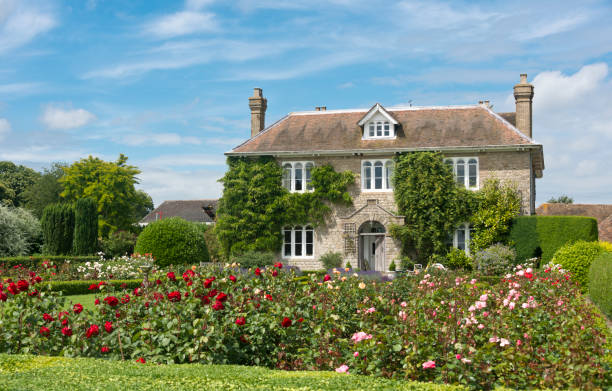Unveiling the Potential of Blue Zones: The Secret to Longevity and Wellness
Imagine living in a place where reaching the age of 100 is not an anomaly, but a common occurrence. Where people lead active, vibrant lives well into their golden years, free from chronic diseases and mental decline. This isn't a utopian dream. These places exist and are known as the 'Blue Zones.' Let's delve deeper into these fascinating regions and uncover their secrets to longevity and health.

Blue Zones: An Overview
Blue Zones are areas across the globe where people live the longest, healthiest lives. These regions were initially identified by National Geographic Fellow and author, Dan Buettner, who noticed an unusually high concentration of centenarians in specific geographical locations. The five recognized Blue Zones are Ikaria in Greece, Okinawa in Japan, Ogliastra in Sardinia, Loma Linda in California, and the Nicoya Peninsula in Costa Rica.
What Makes Blue Zones Unique?
What sets these regions apart is not just their high life expectancy, but the quality of life their residents enjoy. In Blue Zones, people maintain physical and mental agility, have lower rates of chronic disease, and report higher levels of life satisfaction. While genetic factors may play a role, research indicates that lifestyle choices, environmental factors, and social networks significantly contribute to these positive health outcomes.
The Lifestyle of Blue Zones
The lifestyle in Blue Zones can be categorized into three main areas - diet, physical activity, and social engagement.
Diet: While specific food items vary across the different Blue Zones, their diets share common characteristics. They are primarily plant-based, with a focus on legumes, whole grains, fruits, and vegetables. Meat and processed foods are consumed in moderation.
Physical Activity: People in Blue Zones lead naturally active lives. Their daily routines involve gardening, walking, and performing household chores without relying on mechanized conveniences.
Social Engagement: Strong social networks and community engagement are a hallmark of Blue Zones. Regular social interaction, a sense of purpose, and family-oriented values contribute to mental well-being, stress reduction, and longevity.
Extracting Blue Zone Principles for Global Health
Given the exceptional health outcomes observed in Blue Zones, there is an eagerness to distill their practices into actionable strategies for improving global health.
Emulating Blue Zone Lifestyles
- Adopt a Plant-Based Diet: Incorporate more fruits, vegetables, legumes, and whole grains into your diet. Keep meat and processed food consumption to a minimum.
- Stay Active: Engage in regular physical activity that you enjoy. This doesn’t have to be strenuous exercise. Even gardening, walking, or cycling can have considerable health benefits.
- Cultivate Social Networks: Nurture relationships with family, friends, and your community. Socialize regularly and engage in activities that give you a sense of purpose.
While the concept of Blue Zones offers an exciting avenue for enhancing global health, it’s important to remember that there isn’t a one-size-fits-all approach to wellness. Individual health outcomes can be influenced by a myriad of factors, including genetics, socioeconomic status, and access to healthcare.
However, the Blue Zone lifestyle does provide a valuable blueprint for holistic well-being. It underscores the importance of balanced nutrition, regular physical activity, and robust social connections. By incorporating these principles into our lives, we can enhance our health, happiness, and potentially, our longevity.




